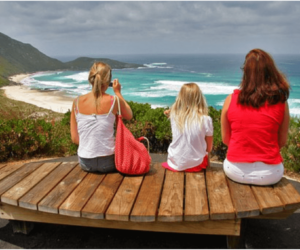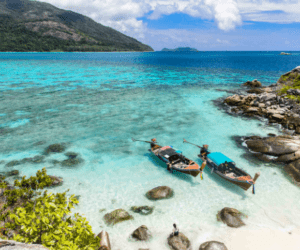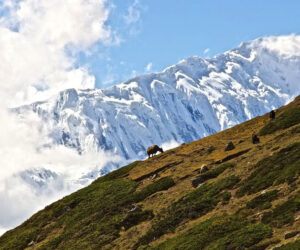The term ‘ecotourism’ means a type of holiday where the location covers natural areas. The visitor’s intention is to support local people, and the travel is focused on sustainability. It means responsible travel that conserves the environment and supports conservation efforts.
Tourism can easily mean environmental harm due to pollution and overuse of natural resources. However, it also means that it has the power to encourage the preservation of the environment in developing countries by increasing awareness of endangered ecosystems around the world.
Ecotourism is recently emerging, especially in countries with tropical rain forests, which are popular tourist destinations. This new way of traveling is a common aspect of the rapidly growing industry in Southeast Asia. The great environmental and cultural richness gives this region the potential to be among the great ecotourism destinations in the near future.
We have selected 10 popular areas from the Southeast Asian region to inspire you for your next sustainable eco holidays.
1. Tatai River, Cambodia
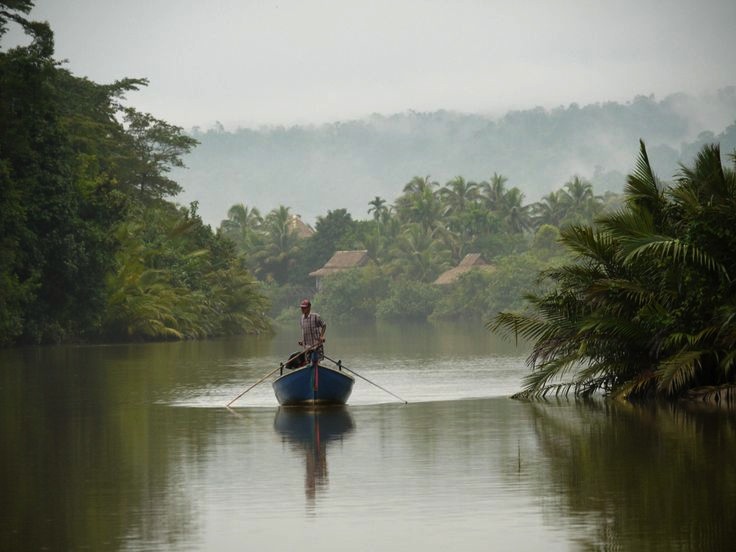
The photograph was taken by Tim Willcox
The Tatai River area and the Cardamom Mountains is one of the largest and still mostly unexplored forests in Southeast Asia. Located near the Thai border in Koh Kong province, the region offers untouched sand beaches and clear waters, and dozens of threatened species, including the endangered Asian elephants and tigers. The concept of Tatai Waterfront Resort is a good example of the harmonious co-existing human and nature.
2. Luang Namtha, Laos
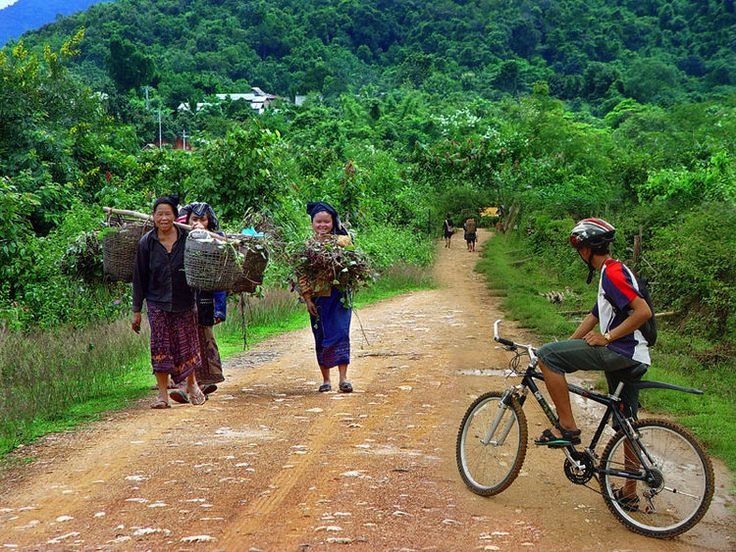
Photograph found on travels.kilroy.dk
Luang Namtha is Laos’ northwestern most province. It has access to the Nam Ha Protected Area, the Namtha River and Lao ethnic villages. The beautiful landscape, wonderful people, rich natural biodiversity offers a great eco-tourism destination. Taking part in activities like rafting, trekking, and biking gives the villagers in the forest an alternative source of income. The presence of tourists in the area sends a message to locals that a forest uncut is more valuable than a cut forest. The Boat Landing Eco Lodge offers a great selection of activities and accommodation and supports local communities.
3. Taman Negara National Park, Malaysia
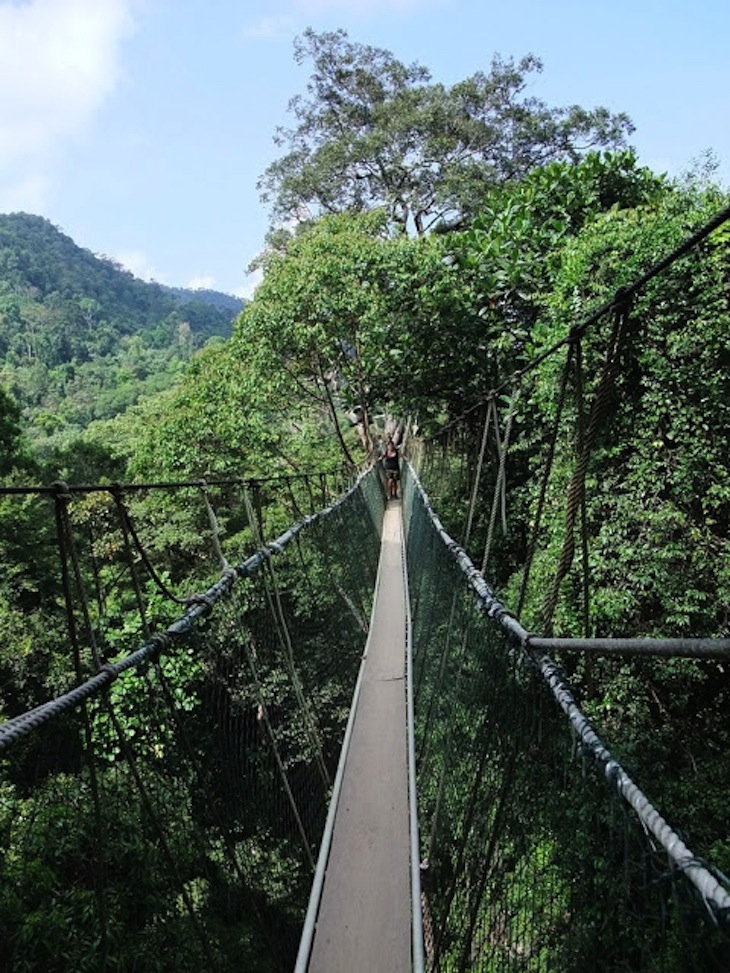
Photograph was found on stunning-places.blogspot.com
The Taman Negara National Park has been developed into a famous ecotourism destination since its establishment in 1938. The park is famous for the longest (530m) canopy walk globally, hovering 45 meters above ground and reputed as the world’s oldest rainforest at more than 130 million years of age. It is the ultimate destination for adventure-seekers because of jungle safaris, hikes, and white water rafting opportunities.
4. Khao Sok National Park, Thailand
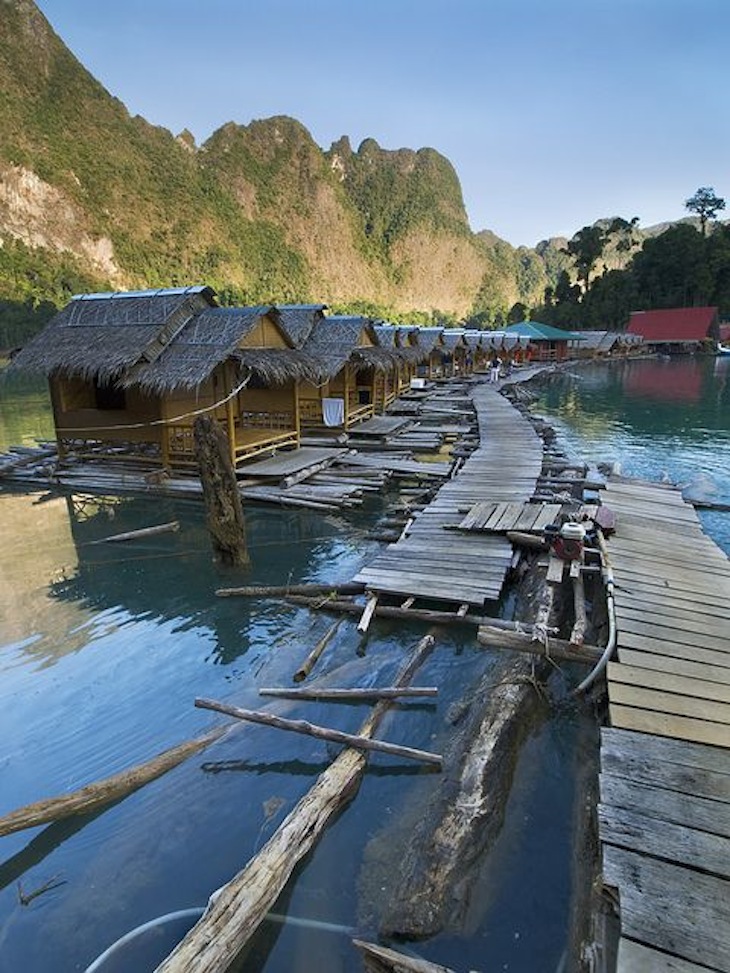
Photograph found on visitheworld.tumblr.com
Khao Sok National Park is situated on the mainland of Southern Thailand. It is an amazing place, covered by one of the oldest evergreen rainforests in the world, huge limestone mountains, deep valleys, lakes, caves, and wild animals. The beautiful Cheow Larn Lake in the national park’s heart with its floating raft houses and luxury tents offers a safe and special overnight stay.
5. Komodo National Park, Indonesia
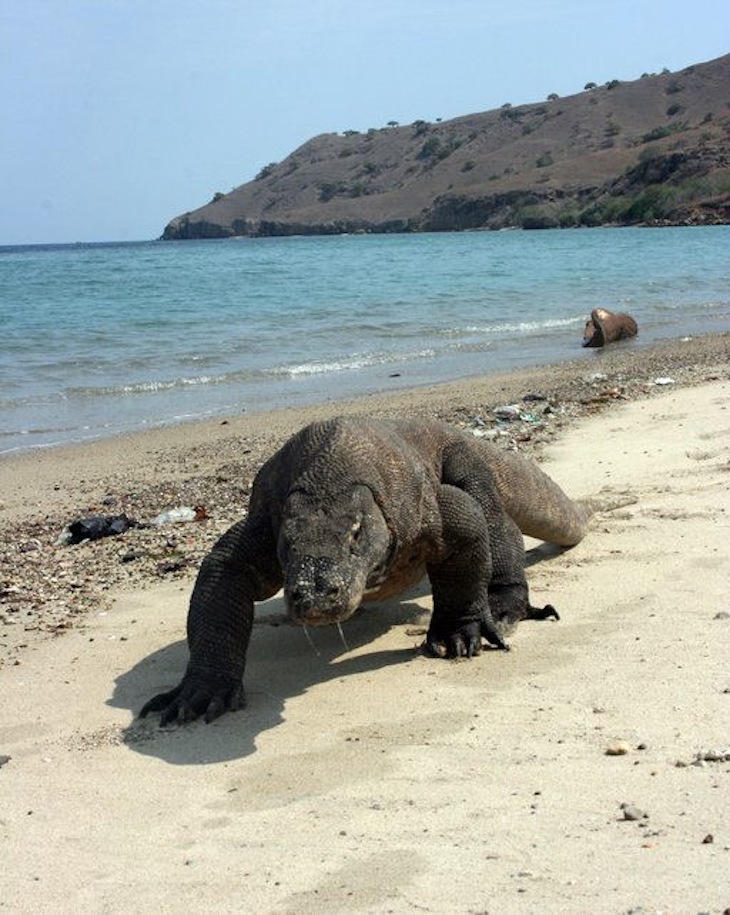
Photograph found on calphotos.berkeley.edu
The Komodo Island is the only habitat of the Komodo dragons, the largest lizard on Earth. Here you can see up to three meters long giants. The island is also famous for excellent diving and snorkelling sites. The lodges and resorts can arrange tours to the national park and diving trips, and river safaris to view birds.
6. Cat Ba Island, Vietnam
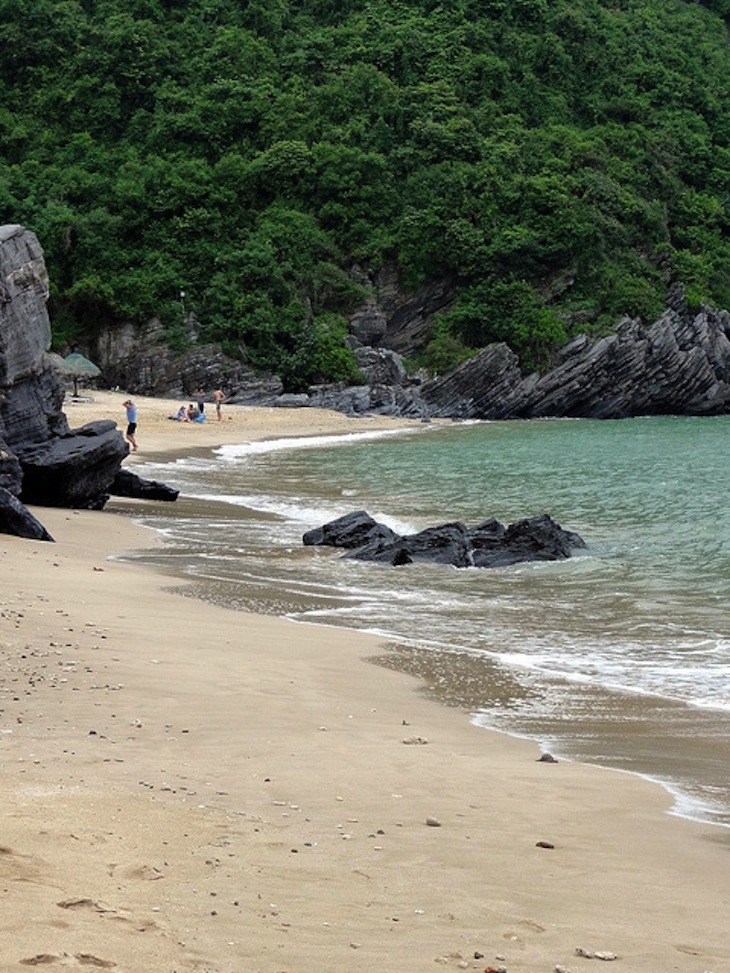
Photograph taken by Olly King
Cat Ba National Park is centred on Cat Ba island in northern Vietnam. Similarly to Halong Bay, the landscape is dominated by karst limestone islands rising from the sea. The natural beauty, incredible geology, and diverse biodiversity of this area attract many local and foreign tourists each year. Cat Ba Eco-Lodge offers a great accommodation in this pristine environment.
7. Cameron Highlands, Pahang, Malaysia
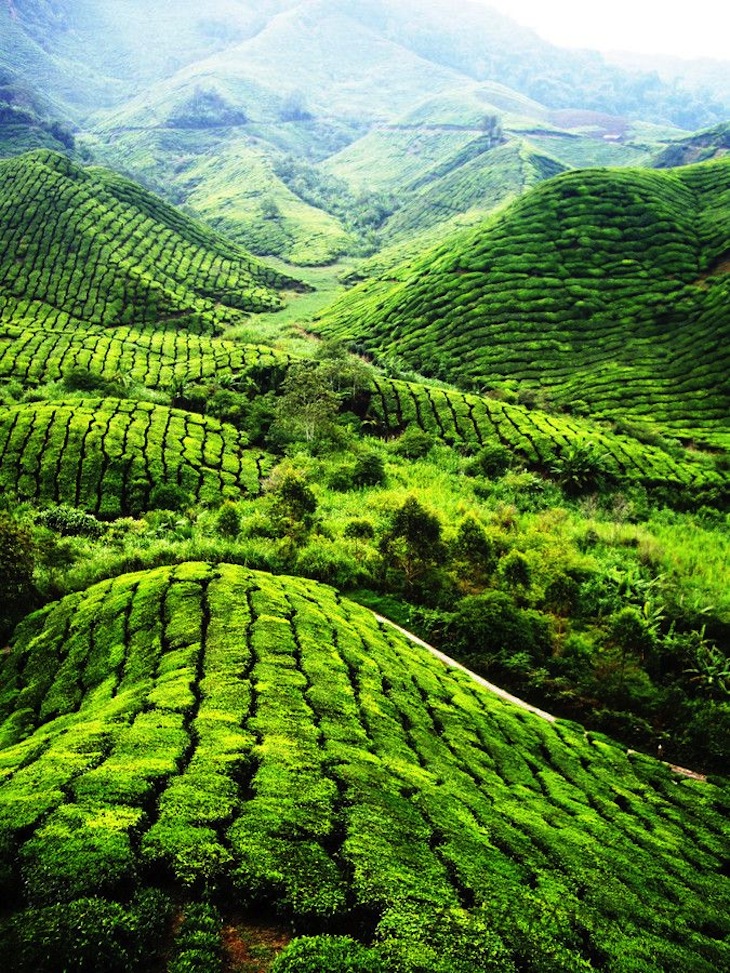
Photograph taken by Adam Lim
Cameron Highlands of Peninsular Malaysia offers a wealth of attractions with unique temperatures that dip as low as 12C during the night, daily temperatures averaging between 17 to 23C. Spend your morning at the Sungai Palas tea plantation, the lush, and enjoy the beautiful green landscape; visit the butterfly centre, honey bee farm, or sign-up for a guided tour to the Mossy Forest to escape from the big cities.
8. Luzon Island, Philippines

Photograph taken by Ania Blazejewska
Luzon Island is the biggest and economically most important island of the Philippines, home to Manila, the capital. Discover the remote villages and colourful and traditional living upland tribal communities of Luzon Island. Besides the beautiful landscapes with amazing rice terraces, you will meet the local people who are still living and working as in the past, making bowls, baskets, weapons, and clothing. Many tourists decide to make the long bus trip from Manila to these provinces, especially to meet the Ifugao, the Bontocs, the Kankanays, or another tribe
9. Way Kambas National Park, Indonesia
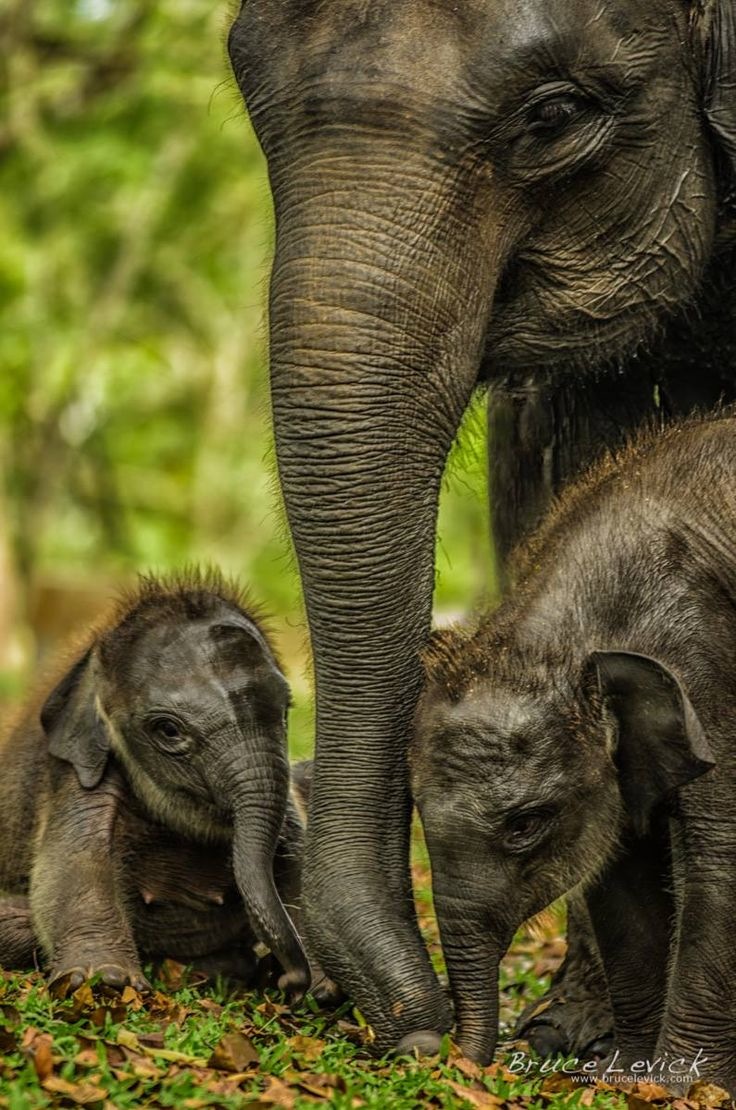
Photograph taken by Bruce Levick
The Way Kambas National Park lays on 130,000 hectares in southern Sumatra, Indonesia. It is the natural habitat of Sumatran tigers, elephants, and rhinos, and it provides excellent birdwatching with over 400 species present in the park. There is an elephant sanctuary inside the park that worths visiting.
10. Myeik Archipelago, Myanmar
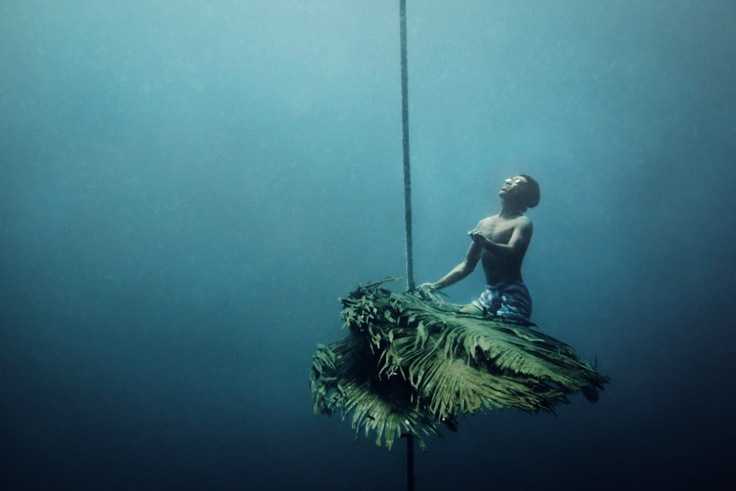
Photograph was taken by Sofie Olsen
Myeik (Mergui) Archipelago is a large area that features more than 800 pristine islands dotted throughout the Andaman Sea in Myanmar. The area has an amazing diversity of flora and fauna and breathtaking underwater scenes and marine life, offering an excellent chance for activities such as diving, snorkelling, sea kayaking, fishing, and nature research. There are minority groups, nomads living in the area, called Moken and Salone people the ‘water gypsies.’ They have a very distinctive culture, still practicing the same fishing and boat building techniques they have been using for generations. They are skilful in diving and swimming. They dive for pearl, collect shells and other valuable resources in the sea.

